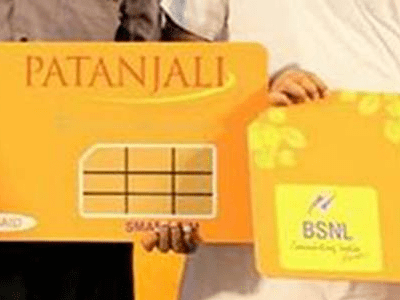Making Digital India Programme Successful: Let’s complete the homework first
Share This Post
A lot of e-, d- and i- initiatives have been kicked off in the past. In essence the ‘Digital India’ initiative announced recently by the Prime Minister is no different. The objective is the same –Maximising the use of technology in delivery of public services to the country’s citizens.
The success of any such programme would require that we expand the digital footprint of our citizens. Otherwise, offering another service to the existing digital universe will not help much. It would not lead to higher inclusiveness. Rather, it would create a ‘digital divide’ where another demographic segment of ‘haves’ and ‘have nots’ emerges. Just imagine the opportunities and choice that a digitally-empowered citizen enjoys today in the country, as compared to a totally unconnected “off-Net” citizen. The attempt of a digital inclusiveness programme must be to increase the user population who enjoy access to Internet-enabled or Mobile-enabled public services, as opposed to simply making available more services to the existing universe.
Achieving this goal isn’t that easy. There are a number of issues that will need to be dealt with. First is the creation of digital infrastructure in remote and rural areas. Second is making these networks sustainable. For instance, in rural India we need to create adequate digital infrastructure. Only when rural India is included in any such digital map, can we claim that the programme is successful and only such a programme will yield the desired results. A lot has been debated about utilising the USO Fund available to the tune of over INR 34,000 crore to create the necessary infrastructure in rural India, but how to make it sustainable remains a challenge. Government of India would like to support, rather it is obligated to develop digital access infrastructure in the rural parts of country using USOF accumulations, but what will be the return of such an investment? How will the networks be utilised and bring about better efficiencies, an increase in inclusiveness? There is no easy answer to these questions or, perhaps no serious attempt has been made to find one. If the government today decides to build the rural infrastructure and utilise USOF, it will definitely give a boost to the market for ICT equipment and solutions, but what after that?
Convincing private investors or businesses to invest in rural markets without any government support is very difficult, if not impossible, if they don’t see a positive EBIDTA or an encouraging RoI in the short- to medium-term. So why would private players invest in a network that does not promise sustainable revenue streams remains a challenge. What is likely to ensure revenues is if a number of public and private services are deployed over such infrastructure.
For the rural population, there is ambiguity. The ambiguity further complexes as the data analytics and big data comes into play. As we advance, the instances and probability of our urban consumer being connected become high, thus giving us fair amount of data about the preferences and other consumer data. But, in the rural areas, where the consumer is largely off-net even data analytics and big data isn’t going to help except for giving some top level aggregated data views.
To make any large scale e-, d- or i- programme successful both planners and implementing ministries, departments, PSUs, utility companies and private providers must have a clear understanding of what a rural consumer is going to do with such a network. What are the services that really add convenience and value to her life and that of her family? What are the schemes, programmes, projects and services that will help increase rural income levels and standards of living within our lifetimes? Thus, even if a substantial cost has to be incurred on creating a network, its components and structure should be such that it becomes sustainable in the shortest possible period of time.
To correctly evaluate what services will make sense for a rural user, merely taking a decision based out of New Delhi or one of the state capitals is not likely to be enough or throw up the correct choices. The government would do well to carry out a sufficiently broad and in-depth survey of consumer preferences and behaviours, representing the complex geographical, agro-climatic and socio-economic diversity of all the regions and sub-regions of India.
The National Sample Survey Office (NSSO) under the Ministry of Statistics and Programme Implementation may be best equipped to run such a study, as part of its ongoing surveys, or as a special effort with the focus on discovering and assessing the true needs of the rural citizen that can be effectively enabled via digital media. Any such survey must be conducted in an unbiased manner and used to create a series of actionable insights that can be shared with not only government ministries, departments and agencies, but with private sector players as well. This will help the latter plan their services and solutions keeping in mind the real and potential needs of the rural consumer and her family.
Thus, with planning based on firm data obtained from actual beneficiaries, and extension of digital infrastructure and public services in accordance with facts thrown up by a ‘live’ study would lead to longevity and usefulness of investments made in rural networks, helping to achieve the dream of a true ‘Digital India’.













